A Tale of Two Cities
The rise and fall of Milwaukee's parks and fall and rise of New York's Central Park offer an important lesson.
There are different ways to think about stages of life: by jobs, by relationships, by moves. Here is another one: by our parks. Having spent most of my life in two places, Milwaukee and New York City, I can define my life in three phases: Mitchell Park, Washington Park and Central Park. And, it is hard to imagine my life without these urban parks.
We all have a tendency to see what we have as “normal,” to take it for granted. For a certain generation growing up in Milwaukee, what we took for granted and grew accustomed to were the best park system and community recreation programs in the country, maybe in the world.
For early grade schoolers living in a certain part of the city, the most important place in our lives was Mitchell Park, two short blocks from our house. With or without our parents, as early as age five, the park was our destination of choice – the center of life – for ballplaying, skating on the lagoon, sled riding on “Suicide Hill,” watching ball games, or, as “first jobs,” being the “batboy” for the high-quality industrial teams that played there.
For working class families, many of them immigrants, Mitchell Park was a cost-free godsend, a welcoming place full of people all year around. Then, for me, the disaster of all disasters. When I was ten-years old, we moved to the West Side. My life was over. But soon, salvation. Salvation in the form of Washington Park, not two blocks from our house, but right across the street on 40th and Galena. Another beautiful park full of people and things to do all year round. And, with them, new friends.
Pretty soon, history would repeat itself: football and baseball games, skating, sledding, an introduction to tennis, free concerts. A new center of life. One that at the time included the Milwaukee County Zoo, which meant that, as a “Sentinel boy,” delivering papers on 40th Street at 5 in the morning, I could listen to the roar of lions and elephants in the middle of a city. Here, again, the park brought families and groups together in a whole range of healthy activities.
All of this was appreciated on a certain level, but still taken for granted. Then, in my early twenties, I arrived as a student in New York City. And my third life-defining park. The one that has now been a center of life for the past half century. And, immediately upon arrival, I no longer took what I had in Milwaukee for granted.
To say that Central Park was a wreck would significantly understate the matter. In the most famous park on earth, lawns were barren, benches and lamps were broken, and, as an athlete, the biggest shock, the ball fields were an unkempt disgrace. Worst of all, the park was seen as being dangerous, mostly because it was dangerous. And, as a result, it was mostly empty and unused. Central Park became a major symbol of the downward spiral of New York City, a dead park in a dying city.
Flash forward to the present. My Milwaukee parks are often empty and devoid of activity, and there is clear evidence of under-investment. The same for the other smaller parks and playgrounds, Merrill, Burnham and Wick Field that were a big part of growing up. There is a good chance that the Mitchell Park Domes, correctly referred to as being “iconic,” will be demolished. Washington Park, especially with the presence of the Urban Ecology Center and the beautifully restored bandshell, shows signs of life, but is still a shadow of its former self.
By contrast, Central Park, once the punchline of late-night television jokes, is now the pre-eminent urban park on the planet. No longer empty, it now attracts some forty million, as in 40,000,000, visitors a year. For many New York City families, it is the daily centerpiece of life, whether it is sports, nature, family and school events, or simple relaxation. It is also the top destination for visitors to New York, many of whom, in a variety of languages, say how much they love this city and this park.
Two questions: how did this happen? And what can be done? The answer to the “how” question is simple: money or, in Milwaukee’s case, the lack of it. And, in the case of the cities, two words provide the explanation: financialization in New York, and deindustrialization in Milwaukee. As decades of disinvestment have taken their toll on Milwaukee and its great parks, financialization and mostly Wall Street money, hundreds of millions of dollars of it, have made Central Park the glory that it is today.
The vehicle for Central Park’s transformation was the creation of a partnership between New York City Parks and a non-profit entity, the Central Park Conservancy. In a chronically financially strapped city, the Conservancy has raised hundreds of millions of dollars from rich people, firms and “ordinary” New Yorkers who love the park. If you believe that “money doesn’t solve problems,” come to Central Park. It just has to be thrown in the right direction.
There is a clear and powerful message here for Milwaukee and its great parks. The County will never have the money needed to adequately invest in these parks. But a “conservancy,” partnering with County Parks, can raise lots of corporate, philanthropic and individual money. And, like New York City at the time of the Central Park Conservancy’s formation, the County Park system today has excellent leadership, which could do wonders with adequate resources.
A final note. For community life, parks are not just a nice “add-on.” They can be a key component in making people – and communities – physically and mentally healthy. And in fighting the current wave of social isolation and loneliness in American life. There was nothing inevitable about the paths that these three parks have taken, or about their futures. Opportunity knocks, and there is a “role model” for Milwaukee in Central Park. That model is partnership.
Frank Schneiger is founder and president of Frank Schneiger and Associates, a management planning and consulting firm, and has held top government positions for both the city of New York and the Commonwealth of Massachusetts.
Op-Ed
-
Milwaukee Leaders Can Pave the Way for Regional Rail
 Sep 1st, 2024 by Michael Dunst and Sidney Kuesters
Sep 1st, 2024 by Michael Dunst and Sidney Kuesters
-
Unlocking Milwaukee’s Potential Through Smart Zoning Reform
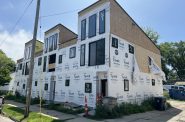 Jul 5th, 2024 by Ariam Kesete
Jul 5th, 2024 by Ariam Kesete
-
We Energies’ Natural Gas Plans Are A Mistake
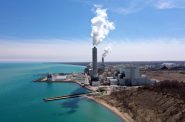 Jun 28th, 2024 by John Imes
Jun 28th, 2024 by John Imes

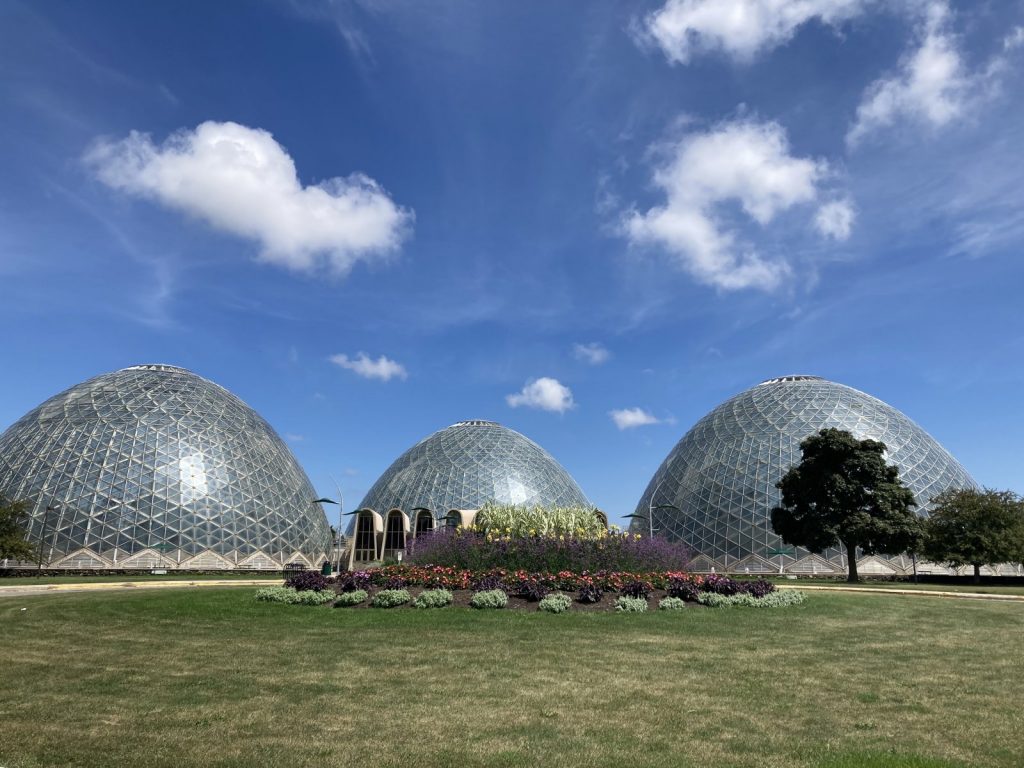
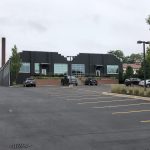
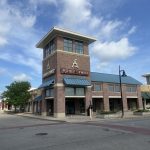

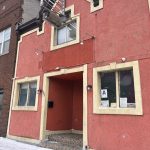
















Thanks, Frank, for mentioning the role of the Urban Ecology Center, in aiding a partial revival of Washington Park. UEC has plans for dramatically expanding its facility there, to enable its educational and community programming to be more than doubled!
Milwaukee County could have continued maintaining the park system if it hadn’t been drained by the pension scandal. https://urbanmilwaukee.com/2021/08/16/mke-county-pension-backdrop-costs-hit-354-million/
Thanks for pointing out some significant aspects of our local parks history, and the revitalization of Central Park. A book from a few years, called “Saving Central Park,” recounts that story in vivid detail. It”s written by Elizabeth Barlow Rogers, who led this effort and played multiple roles, including administratively..
A major part of that story was in getting others to see what was being lost through all the neglect–whether access to nature in a dense city, the beauty that was designed there (by Frederick Law Olmsted and Calvert Vaux), the democratizing force of a public park welcoming and serving all equally.
Communities conserve and preserve what they value. Perhaps Milwaukeeans, and residents of other municipalities in the county, need to have môre community conversations about what we truly value, and what is really at stake. Yes, money is a factor. But debates about funding, without real dialogs about values and visions, tend to peter out into defeatism, the sense that how things are now is how they are likely to remain.
And learning about revitaliazation stories in other cities be energizing.
Of course, the land, water, trees and other resources within our parks play ever-more crucial roles, especially as we face climate crises. The degrees to which we can think about public land holistically, including as a system of parks, will impact the livability and resilience of this region.